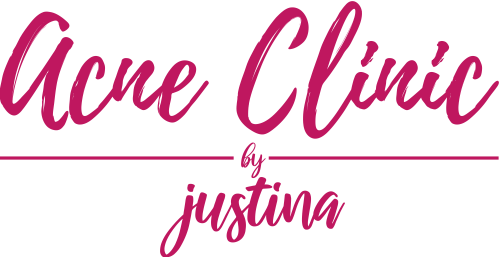WHAT IS ACNE ROSACEA?
Subtype 1: Erythema – telangiectatic rosacea
Erythema – telangiectatic rosacea is characterized by intermittent flushing and persistent central facial redness. They erythema may be localized or be extensive on the cheeks, nose and forehead. The appearance of telangiectases is common but not a constant feature. Central facial edema, stinging and burning sensations, and roughness or scaling may also be found.
Subtype 2: Papulopustular rosacea
Papulopustular rosacea is characterized by persistent central facial erythema with transient papules or pustules in a central facial distribution. Erythema and telangiectasis are predominant in the early stages. Papules and pustules are found on the cheeks, nose and forehead. Some patients have only a few lesions while others have many. The papulopustular subtype resembles acne, except that comedones are absent in rosacea. Rosacea and acne may occur together. These patients may have the comedones seen in acne and papules and pustules seen in acne and rosacea.
Subtype 3: Enlargement of the Nose (Phymatous Rosacea)
Rosacea may be associated with enlargement of the nose from excess tissue, a condition known as rhinophyma. This may include thickening of the skin and irregular surface nodules, which in rare cases may also develop in areas other than the nose.
Subtype 4: Eye Irritation (Ocular Rosacea)
Rosacea affects the eyes in many patients, and may result in a watery or bloodshot appearance, irritation and burning or stinging. The eyelids may also become swollen, and styes are common.
